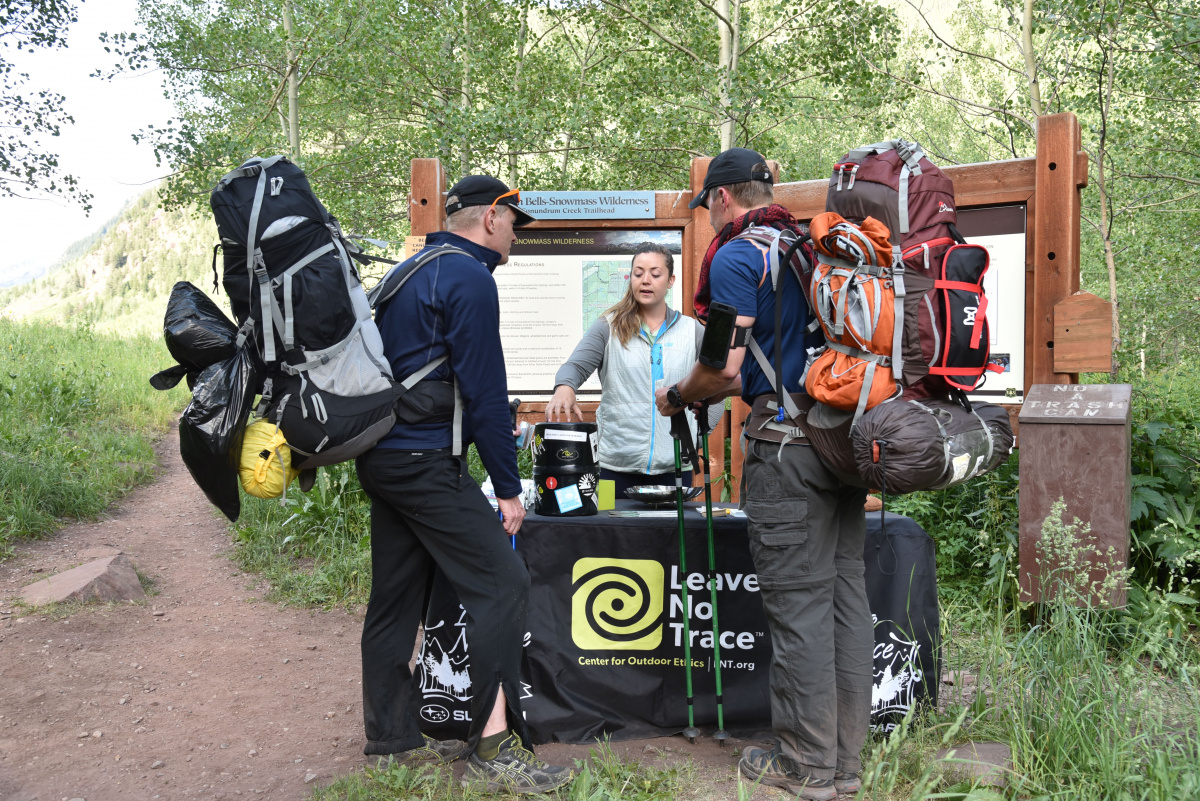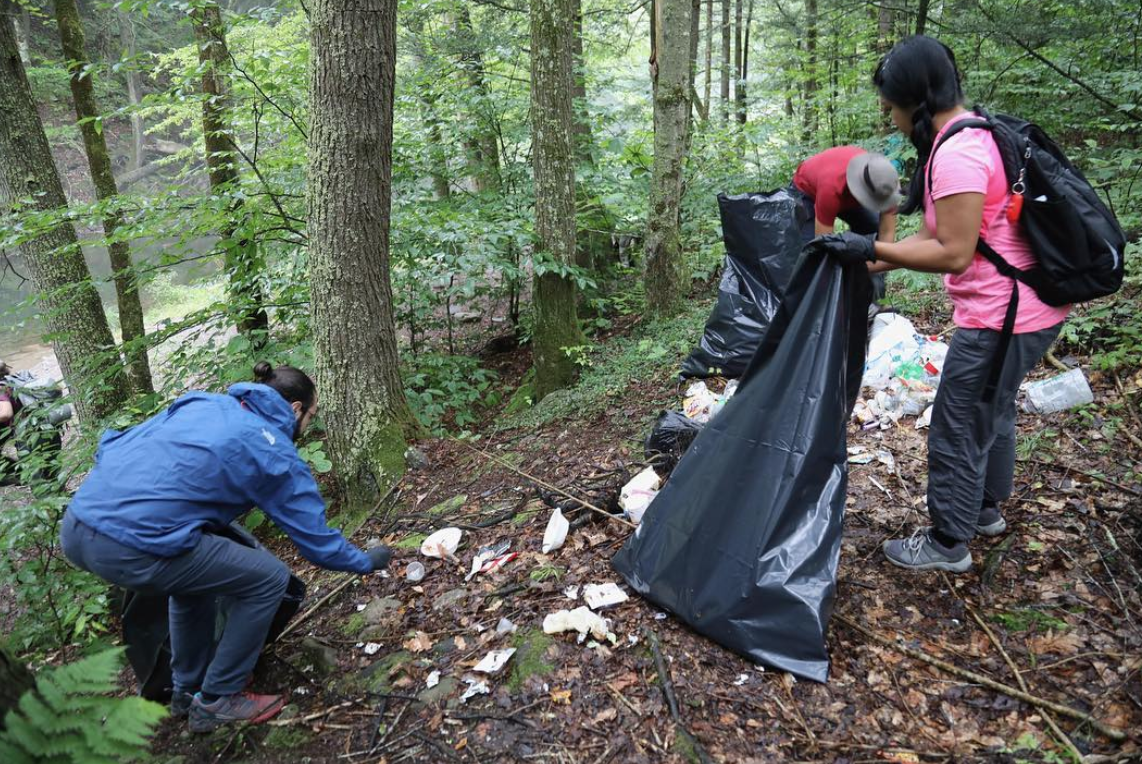Places We've Shaped
It Takes a Village


There’s an old saying: “it takes a village to raise a child.” In the case of Leave No Trace Hot Spots the proverbial “children” are our cherished parks, forests and protected areas. While high-level management and decision making generally rests on the shoulders of the land management agency in charge, the “village” is comprised of all those people and groups utilizing or supporting the natural area.

Leave No Trace Center for Outdoor Ethics created the Hot Spots program as an initiative that implements successful Leave No Trace programs at geographically and environmentally diverse areas across the country experiencing severe impacts caused by recreational use. Now in its seventh year, Leave No Trace Hot Spots are designed to raise awareness about natural areas around the country facing the threat of irreversible environmental damage.
Every park or protected area selected to be a Hot Spot presents a unique challenge. The combination of diverse landscapes, the impacts affecting them, the managing agency and the individual managers, the variety of recreational activities, and the demographics of those recreating are all proprietary to that one place. Yet when it comes to effective land stewardship, the substantial task cannot possibly fall solely on the dedicated land managers. Effective stewardship is a team effort—it is born out of a community of passionate people and entities that are engaged with the place.

The community is expansive. Local businesses, outfitters and guides, volunteers groups, tourism boards and even municipalities all have an integral role in providing the best information to visitors enjoying public lands in their areas. When this “village” of stakeholders comes together to provide Leave No Trace outreach and education, the land is healthier. In return, we all benefit.
The consistent value of community across all Hot Spots is a critical piece of the stewardship challenge. Mitch Warnick, the Outreach Manager and coordinator of the Center’s Hot Spot program, places a special emphasis on galvanizing managers, volunteers, friends’ groups, business and any other enthusiastic stakeholders into a collaborative and effective force for the good of the land. “Beyond simply training folks and education the public,” Mitch tells his Hot Spot hosts, “the biggest impact we can have on the ground once our Subaru/Leave No Trace Traveling Trainers leave at the end of the Hot Spot activation week is ensuring that we left behind a more effective and cohesive community to care for the land and continue to implement Leave No Trace together into the future.”
Long-term engagement is key to ensuring that the initial Hot Spot work is realized into the future. Local Leave No Trace partners in the communities where Hot Spots are scheduled are going to be called upon to play an even greater role next year. From volunteer work to the development of stewardship plans, these groups are integral to the big picture.
Leave No Trace truly works when the village is engaged. With over 90 Hot Spots activated since 2012, the most successful ones have been those with stakeholder engagement in all three phases—pre-planning, activation and collaborative future planning resulting in action. As we move into 2019, we are excited to rally together even more stewardship villages for the most positive impact reach we’ve ever had!
Let’s protect and enjoy our natural world together
Get the latest in Leave No Trace eNews in your inbox so you can stay informed and involved.
